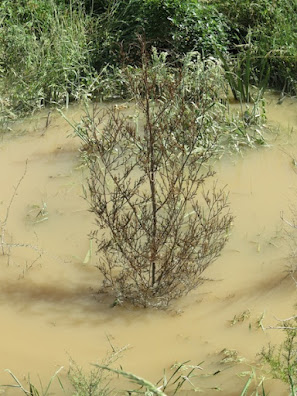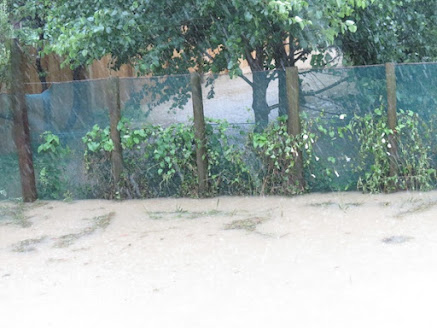Here is our Xmas video for this year.
We've been pretty coy about posting over the past few years, and yet public interest hasn't flagged over that time, much to our delight, so to bring you all up to date, we've posted a little of our new work in this Xmas video. Its the wharemauku manga with some insets from new plantings we've been working on,.
Our waterbirds have not returned so what we have been doing is replanting small areas back into the original wetland ngahere (forest) concentrating on what's special in Kiwi ngahere, our rich understory. This is all under the local radar which explains our low profile. These areas are publicly owned and supposedly held in trust, but with Government these days anything can be privatised at any time. We carry on regardless, trying to plant a new tree a day. Then weeding and watering where necessary through the dry. Here's some results.
Red kakabeak seedlings grown from seed -
The saplings are now forming a ngahere cover and thanks to local birdlife roosting above, we're getting seedlings coming through underneath. What we are also getting are nests -waxeye and fantail
We don't spend a lot of cash buying saplings but nurture seedlings from self sown local areas, that are going to be mown . These include (surprisingly) totara under mother trees in parks that are regularly mown. One of our local nurseries sells year old native saplings at $2.50...
What we are still hoping is that our wetland birds will return but this looks unlikely after 5 years. This is swampy for them, but they keep shy of it perhaps because of the motorway. It's also much more open to walkers with dogs, Most are really careful but it only takes one to scare those birds away.
So if you've got a local isolated, weeded up, public spot - why don't you try your hand at this too. Our advice would be monitor it for a while to get a feel for its seasonal life. Then research, where you can, what was there 200 years ago. There's nothing sweeter than seeing a fantail Mum building her nest in a totara you planted 4 years ago...
Arohanui to you all - have a great Xmas and don't forget
francejillstudd@blogspot.co.nz
Jill has a show opening next week at Pataka Gallery in Porirua if you you happen to live locally.
midnightcollective.blogspot.co.nz




































